|
|
|
ES OBVIO QUE HIROSHIMA FUE EN EL MISMO DIA DOMINGO 5 DE AGOSTO, HORA DE WASHINGTON D.C, OSEA EN EL MISMO DIA DE NACIMIENTO DE ARMSTRONG. AQUI HAY OTRO NEXO ENTRE EL PROYECTO APOLO Y EL PROYECTO MANHATTAN.
- Atomic bombing of Hiroshima: United States B-29 Superfortress Enola Gay dropped a uranium-235 atomic bomb codenamed "Little Boy" on the Japanese city of Hiroshima at 8:15 a.m. local time, resulting in between 90,000 and 146,000 deaths.
- In a routine press release a little over 1,000 words in length, a statement from U.S. President Harry S. Truman informed the media that an atomic bomb with "more power than 20,000 tons of TNT" had been dropped on Hiroshima. The statement made no mention of radiation effects and the notion of an atomic bomb simply being a bigger version of a regular bomb persisted in the press for days afterward.[10]
- Died: Richard Bong, 24, United States Army major and highest-scoring air ace of WWII (killed in the crash of a test flight of an experimental aircraft)
|
|
|
|
|
Diferencia horaria entre Tokio, Japón y Washington, Distrito de Columbia, Estados Unidos
Tokio es de 14 horas por delante de Washington.
| Hora en Tokio | Hora en Washington |
12:11
Miércoles, el 8 de diciembre de 2021
La zona horaria de Tokio: UTC+09:00 o JST |
22:11
Martes, el 7 de diciembre de 2021
La zona horaria de Washington: UTC-05:00 o EST |
|
|
|
|
|
|
|
|
Virgin of the Snow, Saint of Mountaineers
The Virgin of the Snow has her own place. Every year, her followers come along on a pilgrimage to worship her image.
It was easy to access the Virgin of the Snow grotto and pleasant to see the generous space she enjoys in the outskirts of San Carlos de Bariloche. The chapel was built with local stone, one rock on top of the other in order to provide shelter to the image of the virgin. We went up a wide staircase divided into three stretches. Old tall trees of thin trunks watched over the site on both sides of the path. We were surprised to see the number of plates on the wall of stone. Made of various materials and featuring different formats, they had all been placed there with the same fervor to say “Thank You”. Who knows why all those people thanked the virgin in writing after their prayers had been heard? It was spine-chilling. We felt that faith and gratitude could be bigger than the miracle itself. Some lit candles, others already out, natural and artificial flowers were seen all around. Each of these elements implied a life history.
The image of the virgin stands at the top of the grotto, sheltered from the weather behind bars and a glass, and it is holding Child Jesus in her arms. Ever since 1945, she has been nestled in the same site. It was the chief of the mountain military school who ordered the construction of the grotto after he was involved in a car accident and he survived miraculously. Afterwards, the Virgin of the Snow was well-known for her gifts. She was also visited by mountaineers before climbing up the mountain, by sportsmen and workmen. They would come along to the grotto and pray: “Mother of the Snow, as Patron Saint may you protect your children lovers of mountain activities” “And let this prayer be heard: hail Holy Mother of God, protect the mountaineers and let the good snow enrich our fields.” According to what we had read, Our Lady of the Snow is an ancient protector known since the times of the foundation of Buenos Aires. She is considered to guard believers from natural threats and to carry out miraculous healings. In the Catholic calendar, August 5 is the commemoration date of Our Lady of the Snow. Every year, the congregation gets together on a pilgrimage from faraway hamlets to the grotto in order to offer their heart. It is said that the number of pilgrims increases year after year. They come from other cities in Patagonia to worship the Virgin. This has become one of the greatest Christian movements in Bariloche. In the city, another image of the Virgin of the Snow is located inside the church cathedral, at one of the side altars. As we devoted some minutes to understanding the force ruling over this spot, a man approached us, stopped in front of the image for a moment and crossed himself. Apparently, her followers arrive in the grotto at any moment, not necessarily on the day of the procession. They meditate, pray, leave a request. Only a few minutes are enough to pay respect. Faith can move mountains. In this case, it was completely proved.
 Mónica Pons Mónica Pons  Eduardo Epifanio Eduardo Epifanio
 It lies 15 kilometers away from San Carlos de Bariloche, on the junction of the road to Mount Catedral and the road to Lake Gutiérrez, at the access to Los Coihues Neighborhood.
|
|
|
|
|
VIRGEN DE LAS NIEVES BARILOCHE
|
|
|
|
|
New International VersionIt is as if the dew of Hermon were falling on Mount Zion. For there the LORD bestows his blessing, even life forevermore.
New Living TranslationHarmony is as refreshing as the dew from Mount Hermon that falls on the mountains of Zion. And there the LORD has pronounced his blessing, even life everlasting.
English Standard VersionIt is like the dew of Hermon, which falls on the mountains of Zion! For there the LORD has commanded the blessing, life forevermore.
Berean Standard BibleIt is like the dew of Hermon falling on the mountains of Zion. For there the LORD has bestowed the blessing of life forevermore.
King James BibleAs the dew of Hermon, and as the dew that descended upon the mountains of Zion: for there the LORD commanded the blessing, even life for evermore.
New King James VersionIt is like the dew of Hermon, Descending upon the mountains of Zion; For there the LORD commanded the blessing— Life forevermore.
New American Standard BibleIt is like the dew of Hermon Coming down upon the mountains of Zion; For the LORD commanded the blessing there—life forever.
NASB 1995It is like the dew of Hermon Coming down upon the mountains of Zion; For there the LORD commanded the blessing— life forever.
NASB 1977It is like the dew of Hermon, Coming down upon the mountains of Zion; For there the LORD commanded the blessing—life forever.
Legacy Standard BibleIt is like the dew of Hermon Coming down upon the mountains of Zion; For there, Yahweh commanded the blessing—life forever.
Amplified BibleIt is like the dew of [Mount] Hermon Coming down on the hills of Zion; For there the LORD has commanded the blessing: life forevermore.
Christian Standard BibleIt is like the dew of Hermon falling on the mountains of Zion. For there the LORD has appointed the blessing — life forevermore.
Holman Christian Standard BibleIt is like the dew of Hermon falling on the mountains of Zion. For there the LORD has appointed the blessing— life forevermore.
American Standard VersionLike the dew of Hermon, That cometh down upon the mountains of Zion: For there Jehovah commanded the blessing, Even life for evermore.
Contemporary English VersionIt is like the dew from Mount Hermon, falling on Zion's mountains, where the LORD has promised to bless his people with life forevermore.
English Revised VersionLike the dew of Hermon, that cometh down upon the mountains of Zion: for there the LORD commanded the blessing, even life for evermore.
GOD'S WORD® TranslationIt is like dew on [Mount] Hermon, dew which comes down on Zion's mountains. That is where the LORD promised the blessing of eternal life.
Good News TranslationIt is like the dew on Mount Hermon, falling on the hills of Zion. That is where the LORD has promised his blessing--life that never ends.
International Standard VersionIt is like the dew of Hermon falling on Zion's mountains. For there the LORD commanded his blessing— life everlasting.
Majority Standard BibleIt is like the dew of Hermon falling on the mountains of Zion. For there the LORD has bestowed the blessing of life forevermore.
NET BibleIt is like the dew of Hermon, which flows down upon the hills of Zion. Indeed that is where the LORD has decreed a blessing will be available--eternal life.
New Heart English Biblelike the dew of Hermon, that comes down on the hills of Zion: for there the LORD gives the blessing, even life forevermore.
Webster's Bible TranslationAs the dew of Hermon, and as the dew that descended upon the mountains of Zion: for there the LORD commanded the blessing, even life for ever.
World English Biblelike the dew of Hermon, that comes down on the hills of Zion; for there Yahweh gives the blessing, even life forever more.
Literal Translations
Literal Standard VersionAs dew of Hermon—That comes down on hills of Zion, "" For there YHWH commanded the blessing—Life for all time!
Young's Literal TranslationAs dew of Hermon -- That cometh down on hills of Zion, For there Jehovah commanded the blessing -- Life unto the age!
Smith's Literal TranslationAs the dew of Hermon coming down upon the mountains of Zion: for there Jehovah commanded the blessing, life even forever.
Catholic Translations
Douay-Rheims Bibleas the dew of Hermon, which descendeth upon mount Sion. For there the Lord hath commandeth blessing, and life for evermore.
Catholic Public Domain VersionIt is like the dew of Hermon, which descended from mount Zion. For in that place, the Lord has commanded a blessing, and life, even unto eternity.
New American BibleLike dew of Hermon coming down upon the mountains of Zion. There the LORD has decreed a blessing, life for evermore!
New Revised Standard VersionIt is like the dew of Hermon, which falls on the mountains of Zion. For there the LORD ordained his blessing, life forevermore.
Translations from Aramaic
Lamsa BibleLike the dew of Hermon that falls upon the mount of Zion; for there the LORD commanded the blessing, even life for evermore.
Peshitta Holy Bible TranslatedLike the dew of Hermon that descends upon the mountain of Zion, because there LORD JEHOVAH commanded the blessing and the Life unto eternity.
OT Translations
JPS Tanakh 1917Like the dew of Hermon, That cometh down upon the mountains of Zion; For there the LORD commanded the blessing, Even life for ever.
Brenton Septuagint TranslationAs the dew of Aermon, that comes down on the mountains of Sion: for there, the Lord commanded the blessing, even life for ever.
Additional Translations ...
|
 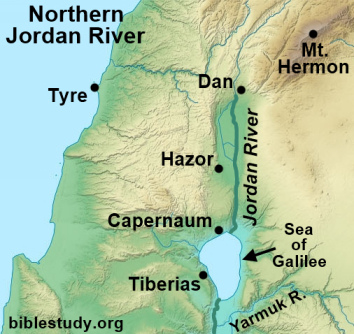  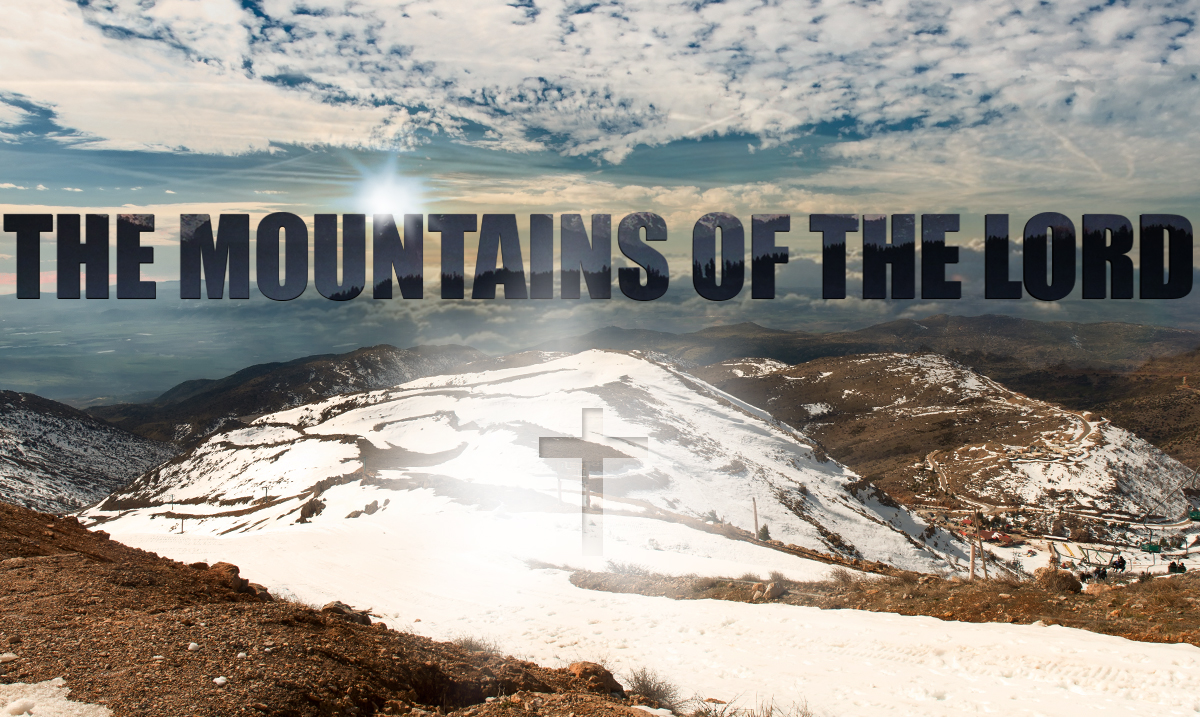  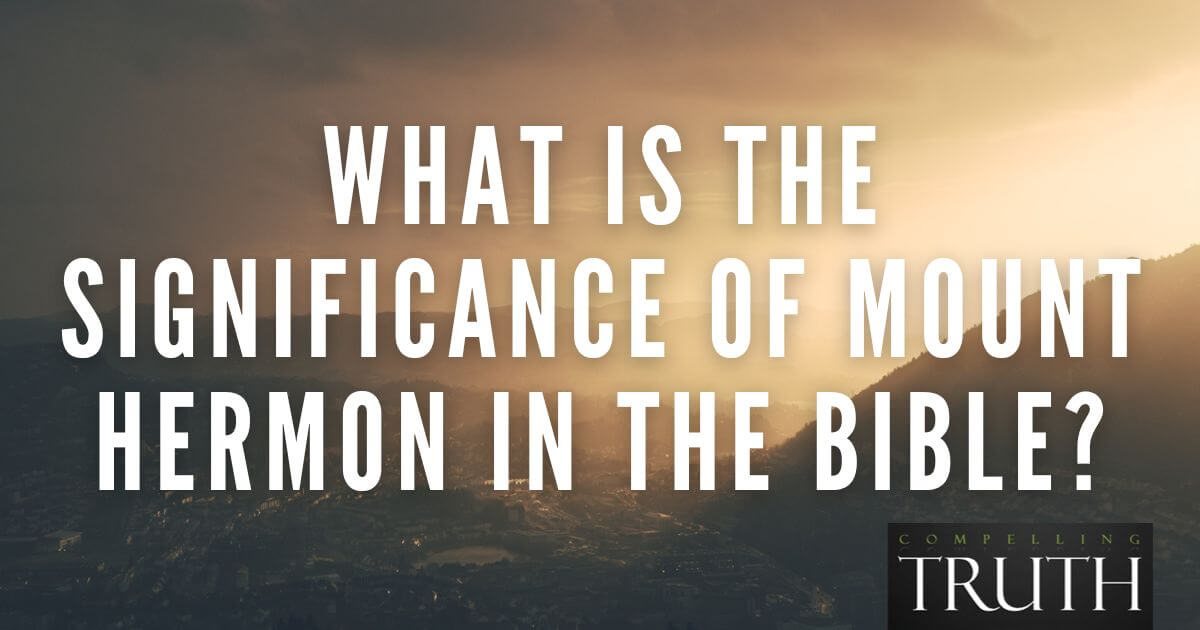 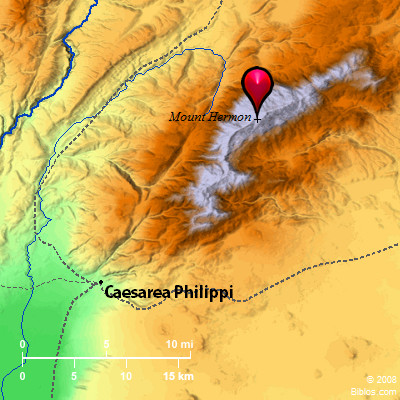 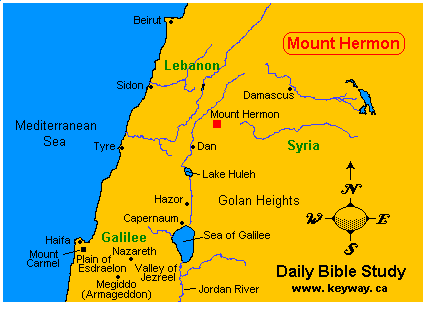   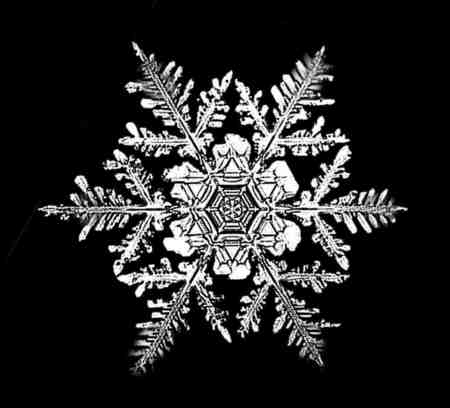 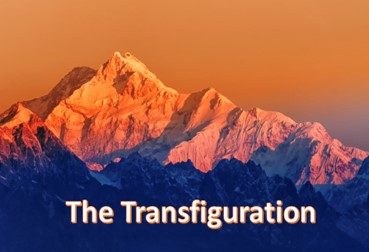 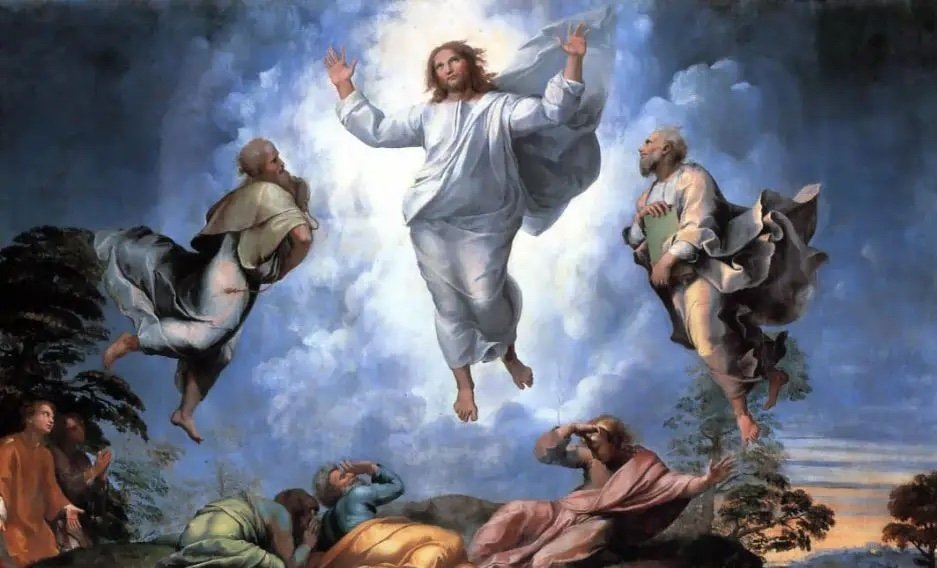   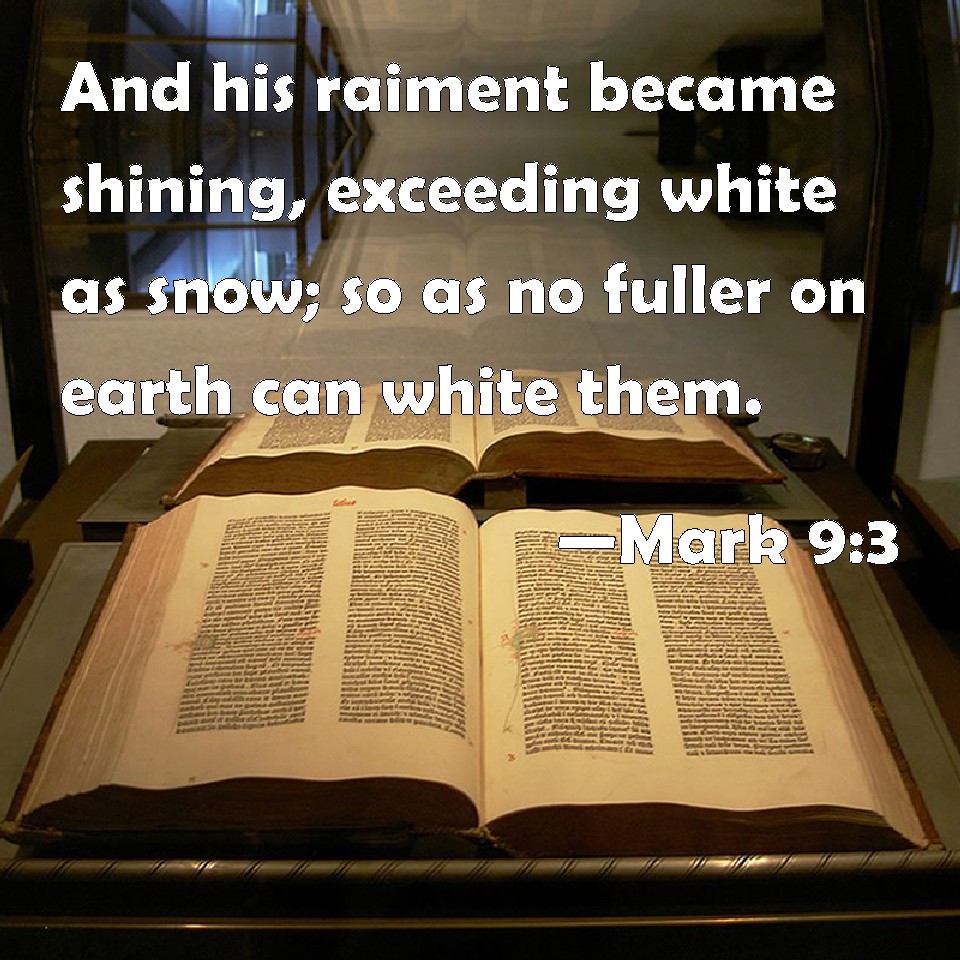 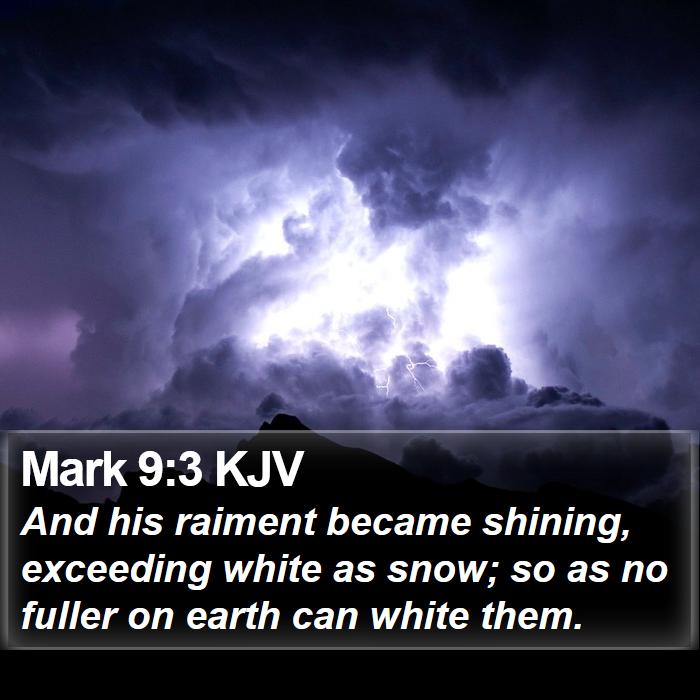
|
|
|
|
|
Rechazan la construcción de una nueva central nuclear
Desde Greenpeace aseguran que “invertir en energía nuclear es un riesgo enorme e innecesario”.
Sábado 22 de junio de 2019
Greenpeace cuestionó la decisión del gobierno nacional anunciada hoy de avanzar en los acuerdos necesarios para la construcción de una cuarta central nuclear, y recordó que es la fuente de energía más costosa y peligrosa que existe.
“Cuando las consecuencias desastrosas de la energía nuclear son más visibles que nunca, gracias a la serie Chernobyl, que genera conciencia sobre los daños y honra a las víctimas, Argentina decide ir a contramano del mundo e invertir en energías del pasado”, dijo Leonel Mingo, coordinador del programa de campañas de Greenpeace Argentiana.
La tragedia de Chernobyl produjo la evacuación de 8 millones de personas. Causó la muerte de cientos de miles de personas y hoy, más de 30 años después, no se puede habitar ni producir alimentos en la zona.
Según la organización, la energía nuclear es peligrosa, contaminante y sumamente costosa.
“Es una energía de 5 a 6 veces más cara que la energía renovable. Mientras los países desarrollados, planean dejar la energía nuclear, Argentina insiste en el error. Alemania, por ejemplo, quiere cerrar sus centrales al 2022; nosotros planificamos comenzar ese mismo año a producir más.
“Los ejemplos locales muestran que los costos exceden los cálculos previstos y desafían las promesas; para Atucha 2 se estimaba un costo de 700 millones de dólares cuando empezó su construcción en el año 1982. Cuando culminó en el 2014, su costo final superó los 4.000 millones de dólares, 6 veces más" señaló Mingo y agregó que “la construcción de una planta puede demorar 20 o 30 años y su desmantelamiento supone costos altísimos.”
Greenpeace recordó que la energía nuclear es la fuente de energía con mayor potencial contaminante del mundo. Los residuos generados por las plantas nucleares son los más tóxicos y persistentes de que se conozcan.
“No solo son desechos capaces de extinguir toda vida en el lugar sino que pueden perdurar en el lugar por miles de años. A más de 80 años de desarrollo en la material, todavía no existe una manera totalmente segura de tratar estos desperdicios”, concluyó Mingo.
https://www.barilocheopina.com/noticias/2019/06/22/41783-rechazan-la-construccion-de-una-nueva-central-nuclear |
|
|
|
|
It was August 6, 1945. It was also the Feast of the Transfiguration. The atomic bombing of Hiroshima was the world's first use of a weapon of mass destruction. In the seaport city of 250,000 people, 100,000 were either killed instantly or doomed to die within a few hours.6 ago 2020
|
|
|
|
|
![Sunset under the Arc de Triomphe © Siren-Com - licence [CC BY-SA 3.0] from Wikimedia Commons](https://frenchmoments.eu/wp-content/uploads/2012/11/Sunset-Arc-de-Triomphe-%C2%A9-Siren-Com-licence-CC-BY-SA-3.0-from-Wikimedia-Commons.jpg) Sunset under the Arc de Triomphe © Siren-Com – licence [CC BY-SA 3.0] from Wikimedia Commons Sunset under the Arc de Triomphe © Siren-Com – licence [CC BY-SA 3.0] from Wikimedia Commons
The sun sets on the Historical Axis several times in a year:
- It sets towards the West under the arch on 6 occasions: on the 7th, 8th and 9th May and on the 3rd, 4th and 5th August (from place de la Concorde)
- The sun rises towards the East under the arch 4 times each year: on the 4th, 5th and 6th February and on the 7th November (from Porte Maillot).
|
|
|
|
|
The cross-quarter connection is also underscored by the fact that the 'Historical Axis of Paris' (Champs-Elysées, Arc de Triomphe, etc.) is a cross-quarter day marker. It aligns with the (astronomical) cross-quarter sunset on August 6-8 (Lughnasadh) and May 4-5 (Beltane).


Extending the Paris Axis westward will reveal its 'secret alignment' with Houston and Corpus Christi as discussed before (the Super Bowl 'Communication' highlighted Corpus Christi as well).
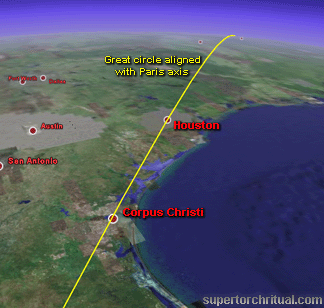
Drawing a straight geodesic ('great-circle') line from Corpus Christi to Pittsburgh, home of the Steelers (winner of the '06 Super Bowl), and extending it further will pinpoint Turin, where the Imbolc Winter Olympics began days after Super Bowl XL.

Turin is pinpointed by another Paris-based alignment - a great-circle line going from Edwards Air Force Base to Paris and then to Turin.
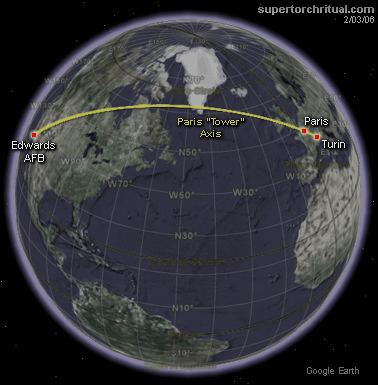
As noted, the 'Historical Axis of Paris' marks the Lughnasadh cross-quarter sunset August 6-8. And it was right during that window in 2005 that the space shuttle Discovery returning from its special 'Return to Flight' mission landed at... Edwards AFB (Aug. 7-9)! (There is so much more magical stuff encoded there.)
https://www.goroadachi.com/etemenanki/inferno.htm |
|
|
|
|
https://foro.tiempo.com/otero-de-las-duenas-la-magdalena-leon-t136810.0.html |
|
|
|
|
Slightly less direct, but equally telling is the 9/11 connection:
-
The date September 11 in the Gregorian calendar used today almost always coincides with the New Year's Day for the Ethiopian and Coptic or Christian-Egyptian calendars. The ancient Egyptian New Year's Day ('1st of Thoth') was originally set to mark the heliacal rising of Sirius which today takes place around August 6 Gregorian (as viewed from Giza/Cairo). So it can easily be said that August 6 is September 11!
-
As revealed in the recent public 9/11 Commission hearings (spring '04), the President of the United States was explicitly warned of an imminent al-Qaeda terrorist attack inside the US in a PDB (Presidential Daily Brief) memo dated August 6, '01. This was only a month before 9/11 and yet the White House inexplicably took no preventive actions. This was and still is one of the biggest controversies to come out of the official 9/11 investigation so far.
There is a connection between 9/11 and Mars to underscore the emerging nature of the date, Aug. 6.
https://www.goroadachi.com/etemenanki/lucifer-timecode.htm |
|
|
|
|
Un santuario de Bariloche conecta a la Argentina con la última voluntad del Papa
Mientras en Roma se prepara el entierro de Francisco en la Basílica de Santa María la Mayor dedicada a la Virgen de las Nieves, en la Patagonia crece otro santuario consagrado a esta advocación, un escenario de un fenómeno que mezcla fe, misterio y presuntas apariciones marianas
25 Abr, 2025 10:12 a.m.Actualizado: 25 Abr, 2025 12:46 p.m. AR
 En la foto, el Papa recibe la medalla de la virgen Santa María de las Nieves. Luego, la bendijo y pidió que se la llevaran a los enfermos En Bariloche, sobre la ruta, se encuentra en construcción el Santuario de la Virgen de las Nieves.
La mujer asegura que la Virgen le transmite mensajes en fechas específicas: cada 9 de diciembre, el 25 de marzo y cada primer sábado del mes.
Respecto al contenido, señala que muchos mensajes están dirigidos “a toda la humanidad”, aunque también hay otros personales. Entre los más llamativos, asegura que la Virgen le anticipó la pandemia y le advirtió sobre futuras “pestes”. También le habría pedido priorizar el cuidado de los enfermos por sobre los indigentes, “porque los primeros están postrados y no pueden buscar ayuda por sí mismos”.
 La medalla de la Virgen de Las Nieves
Sobre la ruta provincial 82, cerca del cruce al cerro Catedral, se encuentra la histórica gruta de la Virgen de las Nieves, cuya imagen fue entronizada en 1945. La iniciativa fue del jefe de la Escuela Militar de Montaña, quien mandó a instalar la imagen tras sobrevivir milagrosamente a un accidente automovilístico. Desde entonces, el sitio se convirtió en punto de peregrinación para montañistas y fieles. Subiendo el llamado “Camino de los Ángeles” se erige el Santuario, que es a cielo abierto sin paredes con un altar, una imagen gigante del Sagrado Corazón de Jesús y la del capuchino San Leopoldo Mandic. Los peregrinos asisten a pedir curaciones milagrosas y muchas mujeres en busca de un embarazo.
Video: Nuestra Señora de las Nieves en la Patagonia
Desde hace unos años una multitud se reúne el 9 de diciembre y 25 de marzo para ser testigos de las presuntas apariciones marianas, que según testimonios a los que accedió Infobae, se acompañan con una danza del sol y el olor intenso a rosas.
El rezo del rosario comienza, la guía anuncia por micrófono que en el tercer misterio la “Virgen suele presentarse y dar un mensaje” por lo tanto pide estado de recogimiento. Comienza el primer misterio, con reflexiones sobre los mensajes de San Leopoldo Mandic. Sigue el segundo misterio. Mientras el cielo y las nubes toman un aspecto diferente. El sol de repente se mueve vertiginosamente, algunos lo ven y otros no. Las nubes se colorean de tenue celeste y rosa. Penetrantes rayos dorados iluminan el altar y las imágenes religiosas, de acuerdo a los testigos.“
La virgen ha descendido del sol” dice la intérprete que se encuentra al lado de la mujer, quien con voz tenue susurra lo que la mujer de al lado repite fuerte y claro.
“Han sido invitados ustedes por mí, para que estén cerca de mi corazón. Está mi hijo Jesús a mi lado, que los bendecirá. Yo estoy aquí, soy la madre del amor. En este lugar hay gracias infinitas de sanación, en cada enfermo que viene a este lugar, que Dios así ha querido que este lugar sea parte del cielo. Soy la Virgen de las Nieves”, Así se escucha por micrófono el anunciado mensaje de un 9 de diciembre.
En una pequeña canasta hay escarpines de muchos colores. La señora que repite el mensaje dice: “Los escarpines son para las madres que quieren tener hijos o que se encuentran gestando un embarazo, están bendecidos por Jesús”.
Nuestra Señora de las Nieves es la patrona de la Ciudad Autónoma de Buenos Aires y su figura aparece incluso en el antiguo escudo de la ciudad. El patronazgo data al menos del año 1611, cuando las Actas del Cabildo ya mencionaban la celebración litúrgica en su honor cada 5 de agosto. Sin embargo, parece un patronazgo olvidado entre los porteños ya que no se visibiliza ninguna imagen de esta Virgen en la Catedral de Buenos Aires.
 Santa María la Mayor, el lugar elegido por el Papa para su descanso eterno El vínculo entre este santuario en Bariloche y Roma adquiere una dimensión simbólica tras conocerse el testamento del papa Francisco, donde expresa su deseo de que sus restos descansen junto a la imagen de la Salus Populi Romani. “Deseo que mi último viaje terrenal termine precisamente en este antiguo santuario mariano, donde siempre me detengo a rezar al inicio y al final de cada viaje apostólico, confiando mis intenciones a la Madre Inmaculada y dando gracias por su dulce y maternal cuidado”, escribió el pontífice.
Así, mientras en Roma se honra a la Virgen que acompañó al papa argentino durante sus años de pontificado, en la Patagonia florece una devoción paralela, con sus propios signos y testimonios. Un santuario en construcción, una fe que se renueva día a día y una historia que, entre la tradición y lo extraordinario, continúa creciendo al pie de la montaña.
Una vez publicada esta nota, el Obispo de Bariloche, Monseñor Juan Carlos Ares, aclaró que la construcción del Santuario corresponde a una iniciativa de la Asociación Civil Laica Misionera Santuario Virgen Madre de las Nieves, la cual “no cuenta con ningún tipo de aprobación diocesana”.
“Es una iniciativa privada que ha surgido por las supuestas revelaciones de la Virgen a la señora que aparece en la nota de dicho medio periodístico. Por otro lado la Gruta de la Virgen de las Nieves, declarada Lugar Sagrado con motivo del Año Jubilar de la Esperanza, no tiene nada que ver con el proyecto de esta asociación, ya que es patrimonio del pueblo fiel de esta iglesia diocesana y objeto de peregrinación de miles de pobladores y turistas”, especificó.
https://www.infobae.com/sociedad/2025/04/25/un-santuario-de-bariloche-conecta-a-la-argentina-con-la-ultima-voluntad-del-papa/ |
|
|
|
|
https://www.lanacion.com.ar/el-mundo/basilica-de-santa-maria-la-mayor-la-eleccion-del-papa-francisco-para-su-sepultura-nid21042025/ |
|
|
|
|
HISTORY
THE MIRACLE OF THE SNOW AT ROME'S SANTA MARIA MAGGIORE
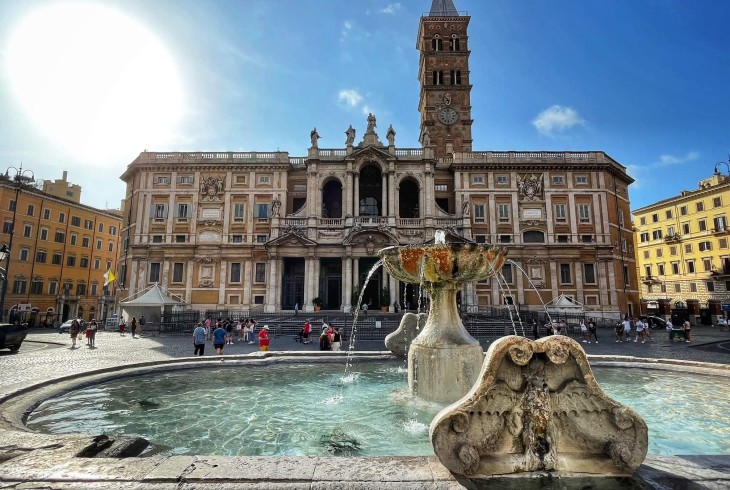
Every year on August 5th, right at the height of the fierce Italian summer, Romans descend on the ancient basilica of Santa Maria Maggiore to celebrate one of the city’s strangest miracles.
The subject of the festivities is La Madonna Della Neve, or the Madonna of the Snows, and features the recreation of a miraculous summer snowfall that, according to venerable Christian legend, took place at the site of the future church on this day in the year 358 AD.
The annual modern spectacle, which is organised by the Italian Ministry of Culture in conjunction with the Vatican authorities and has been ongoing since 1983, includes the artificial snowfall - snowflakes are represented by foaming suds blown through the stifling summer air - a spectacular light show where a kaleidoscope of coloured lights flicker and illuminate the beautiful church facade, and a musical performance and parade by the Carabinieri police band. Reminding us that this is a religious celebration, two masses of Thanksgiving to the Madonna take place at 10 am and 5 pm. But what is the legend of the miraculous Snow, and why is the story so important for the church of Santa Maria Maggiore?
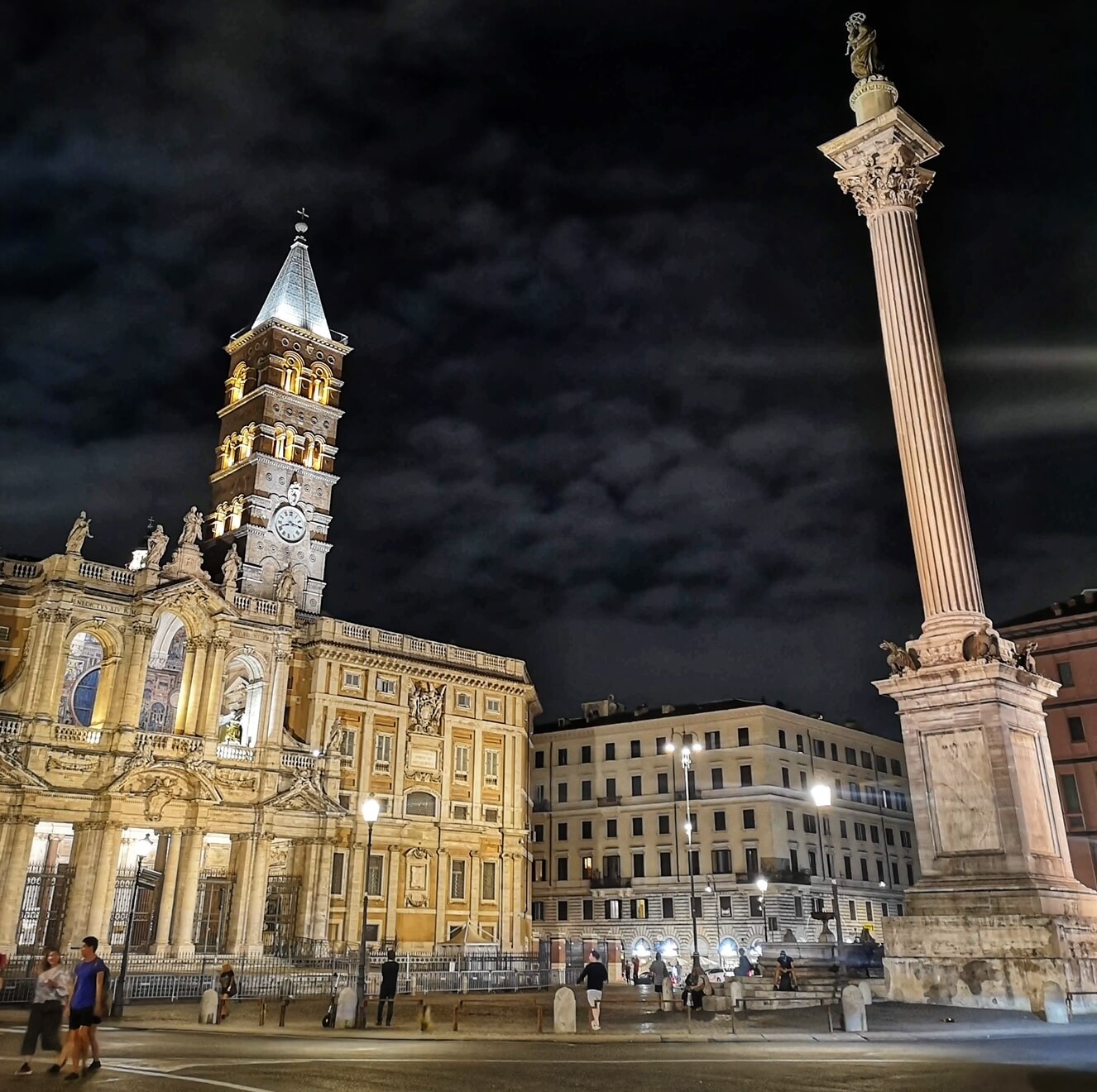 Santa Maria Maggiore at night Santa Maria Maggiore at night
The story takes us all the way back in time to the fourth century. The practising of Christianity had only been legalised by the Emperor Constantine a few short decades earlier, and the Faith still had some way to go before it would finally become the dominant religion of the Empire. Nonetheless, Christianity was attracting plenty of converts in Rome from all classes of society, and amongst the zealous new converts was a wealthy nobleman by the name of Giovanni and his wife.
The childless couple had plenty of cash that they wished to use to aid the Christian community, and so they prayed to the Virgin Mary for advice on how to best use their capital. The Madonna soon obliged, appearing in a dream to the couple in which she instructed them to finance a new church at the side of the miraculous summer snow that would fall that very night on Rome‘s Esquiline Hill.
Setting out in search of the promised site, Giovanni soon ran into pope Liberius, who it turned out had experienced the same vision and was himself searching for the location of the promised snow.
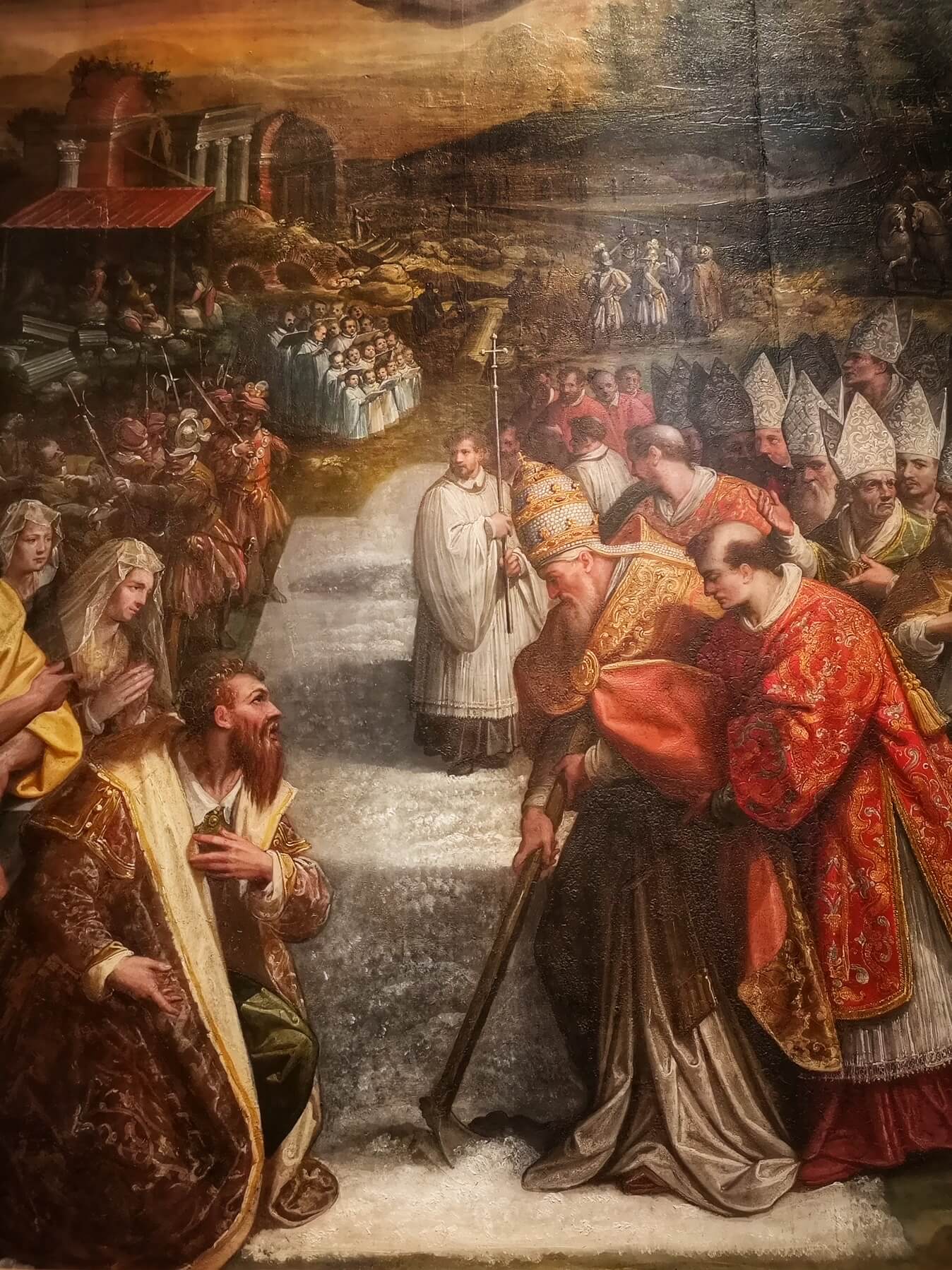 Jacopo Zucchi's Miracle of the Snow, Vatican Pinacoteca Jacopo Zucchi's Miracle of the Snow, Vatican Pinacoteca
Having found the thick white carpet of snow on the Esquiline slopes, the pontiff proceeded to trace the outline of the church-to-be in the snow. Masons and artisans were soon called to the site, and construction on the basilica began with Giovanni and his wife’s largesse funding the works. A beautiful 16th-century painting now in the Pinacoteca of the Vatican Museums by the artist Jacopo Zucchi shows an eager crowd gathered around the summer snow as the Pope marks out the perimeter of the basilica walls with a hoe, as a motley cast of bishops, prelates and altar boys watch on. Giovanni and his wife kneel in wonder at the miraculous event.
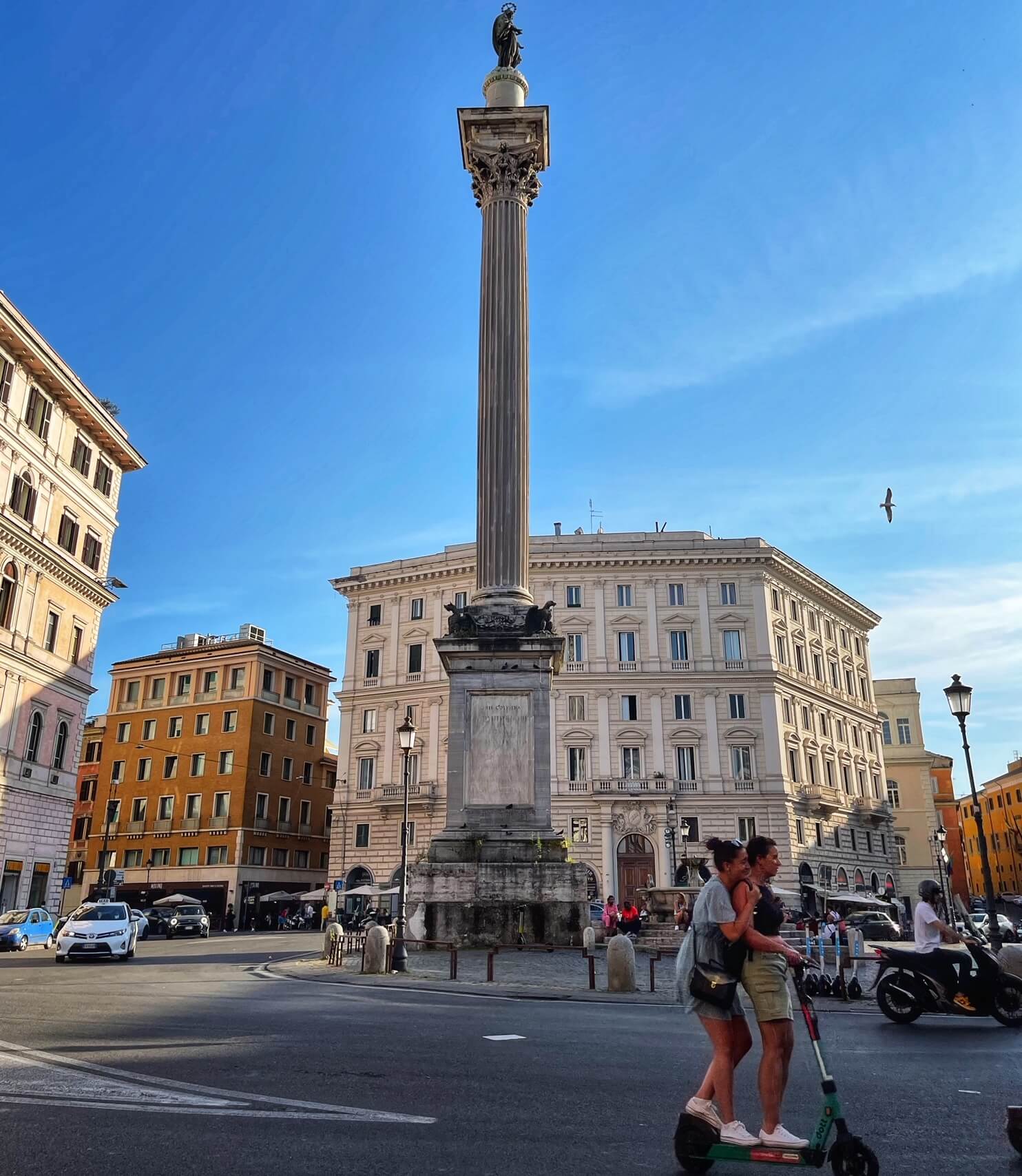 The Virgin Mary looks down over Piazza Santa Maria Maggiore from the Column of Peace The Virgin Mary looks down over Piazza Santa Maria Maggiore from the Column of Peace
No trace of the original basilica traced by Liberius on that distant snowy morning remains - the church now standing on the site is still pretty ancient however, dating from the 430s. Within, an original cycle of 5th-century mosaics high on the nave walls beneath the windows are amongst the oldest and most beautiful Christian artworks in Italy. Vibrant scenes from the Old Testament lives of the patriarchs Abraham, Isaac, Jacob and Moses are represented in the realistic style of classical art, contrasting with the fabulous, more abstract 13th-century Byzantine mosaics in the apse. In the crypt beneath the high altar meanwhile are supposed remains of Christ’s manger, housed in an elaborate crystal reliquary. Santa Maria Maggiore is a must-visit on any trip to Rome!
The festival of the miraculous snowfall at Santa Maria Maggiore will take place between 9 PM and midnight in the piazza in front of the basilica on Saturday 5th August 2023.
https://www.througheternity.com/en/blog/history/miracle-snow-santa-maria-maggiore-rome.html# |
|
|
 Primer Primer
 Anterior
97 a 111 de 111
Siguiente Anterior
97 a 111 de 111
Siguiente
 Último
Último

|
 Santa Maria Maggiore at night
Santa Maria Maggiore at night Jacopo Zucchi's Miracle of the Snow, Vatican Pinacoteca
Jacopo Zucchi's Miracle of the Snow, Vatican Pinacoteca The Virgin Mary looks down over Piazza Santa Maria Maggiore from the Column of Peace
The Virgin Mary looks down over Piazza Santa Maria Maggiore from the Column of Peace






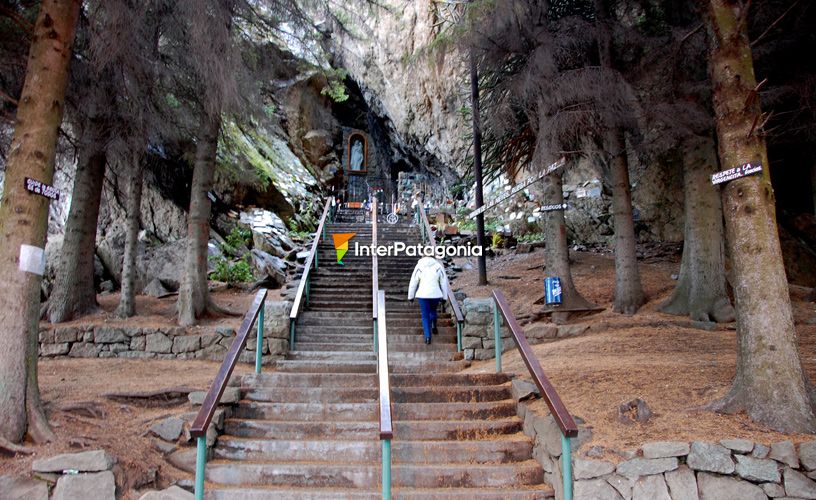
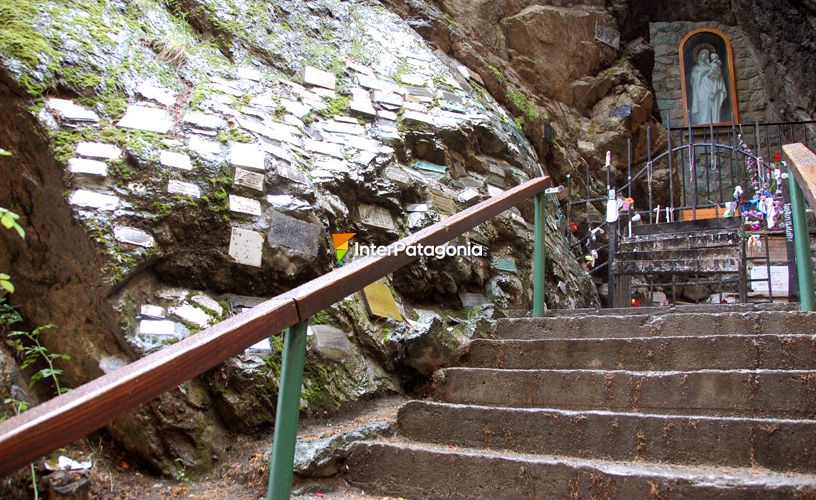
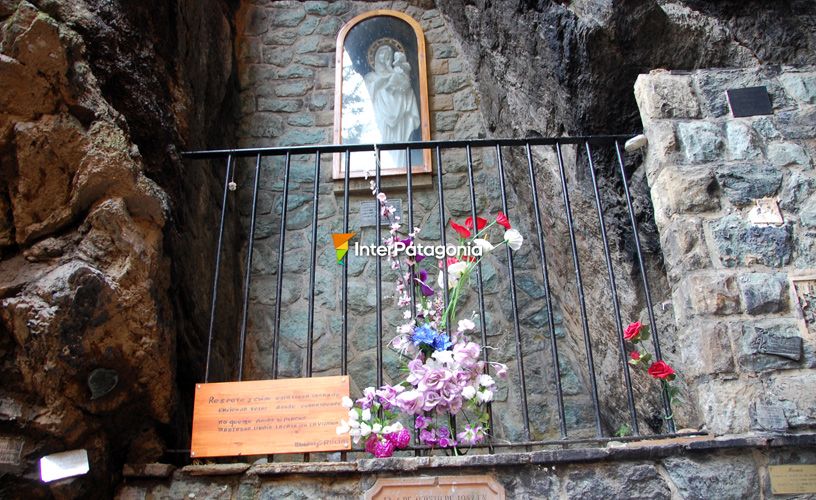
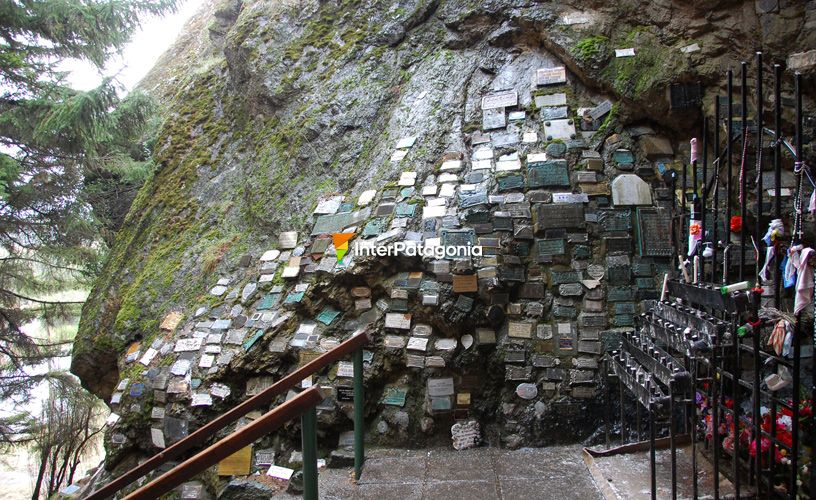


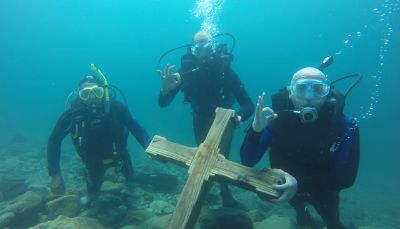



















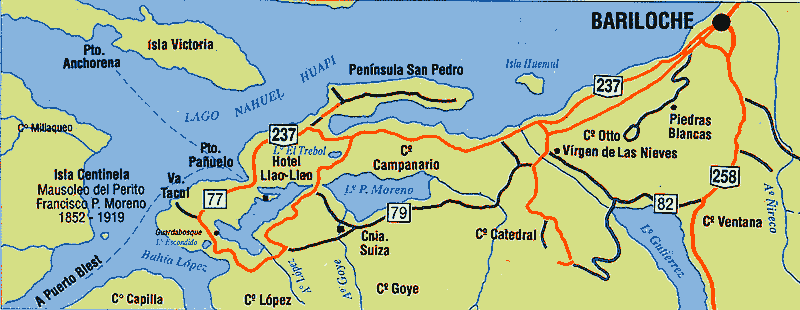
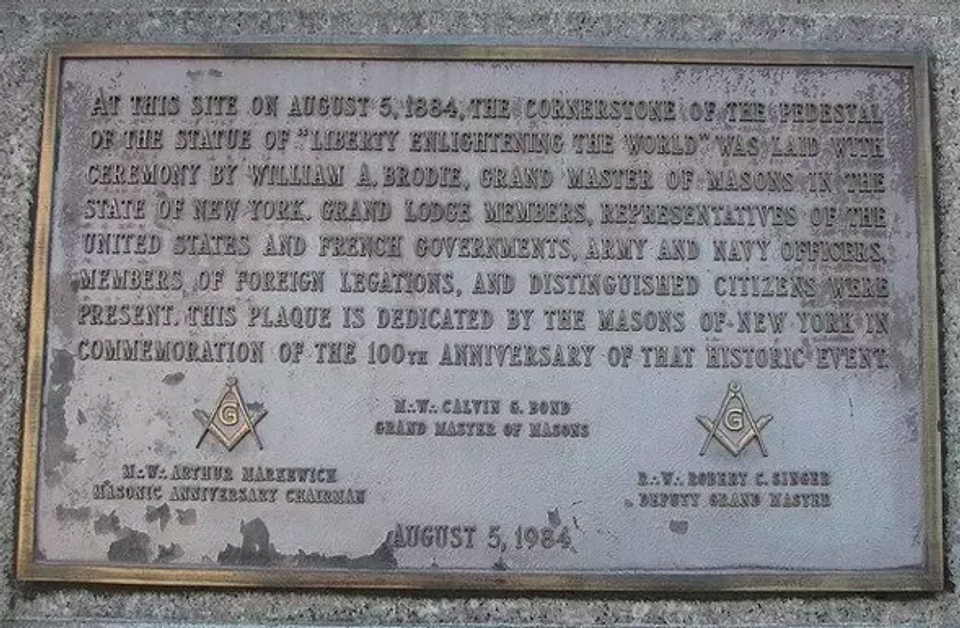

![Revelation 1:14 (lsv) - and His head and hairs [were] white, as if ...](https://img2.bibliaya.com/Bibleya/verse/revelation-1-14-lsv.jpg)



















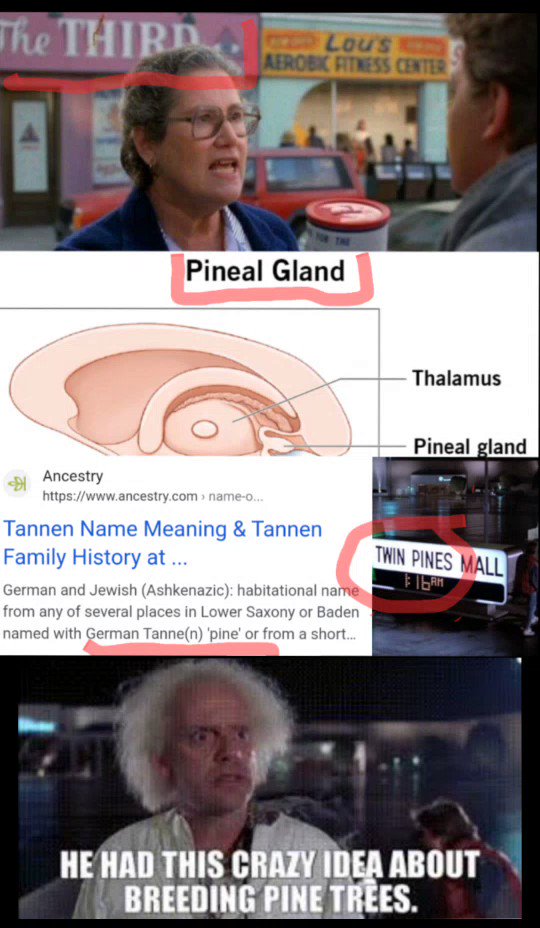
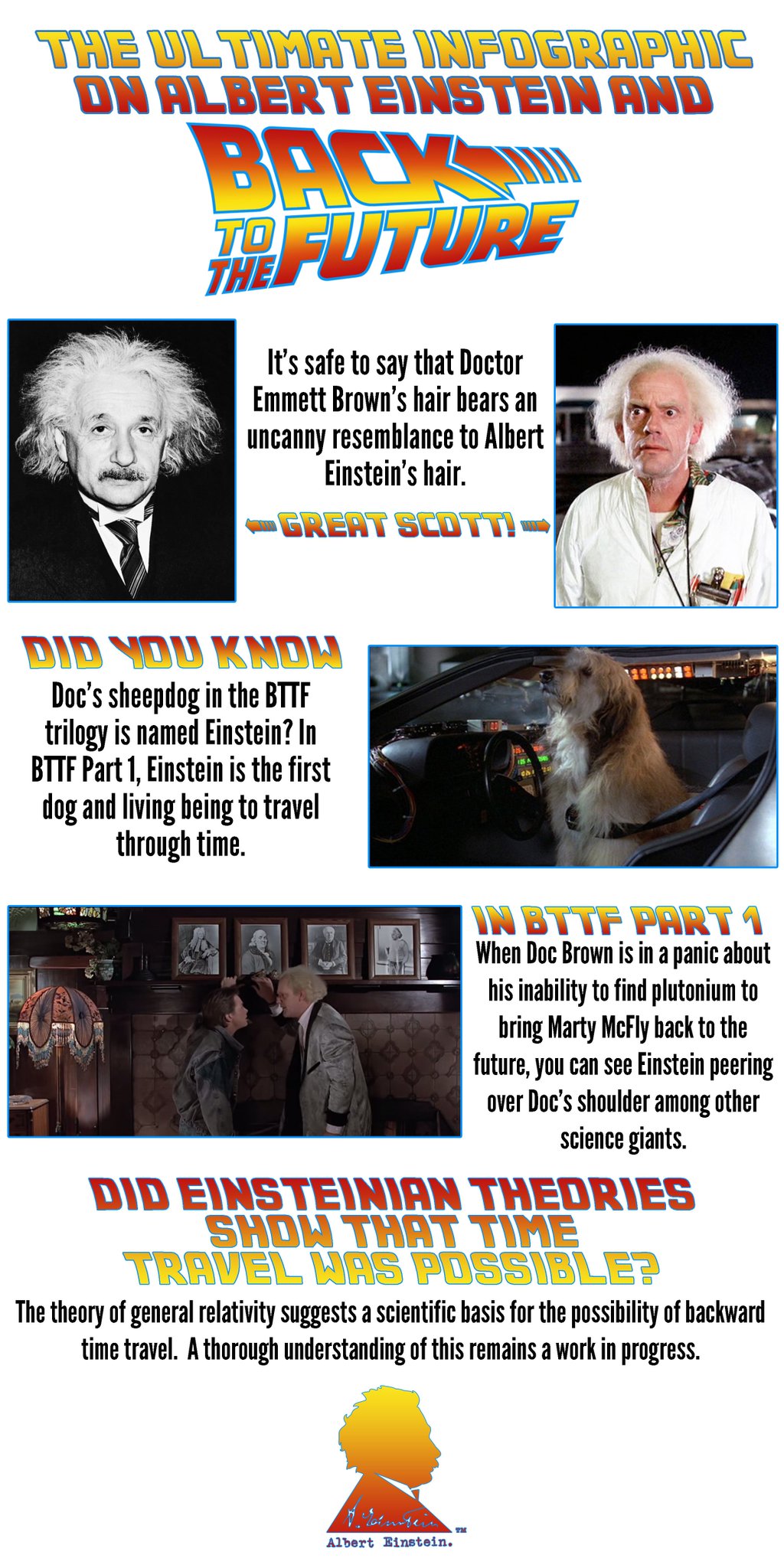
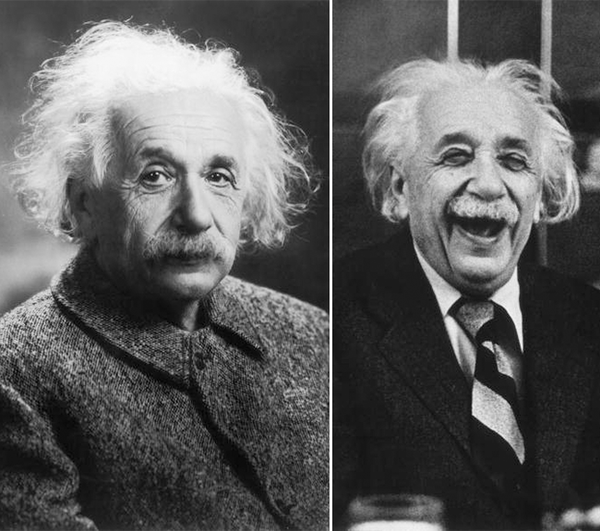











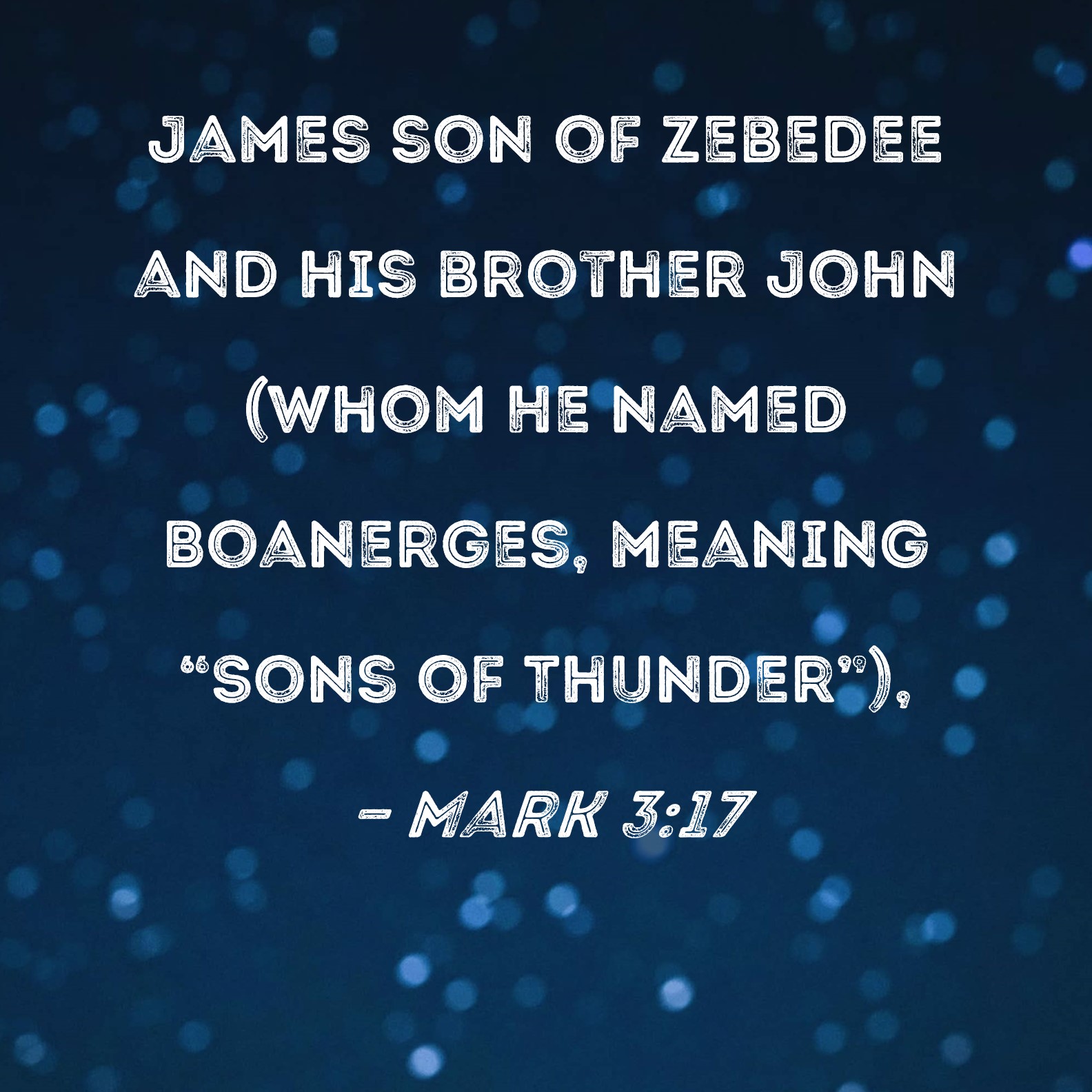









![Sunset under the Arc de Triomphe © Siren-Com - licence [CC BY-SA 3.0] from Wikimedia Commons](https://frenchmoments.eu/wp-content/uploads/2012/11/Sunset-Arc-de-Triomphe-%C2%A9-Siren-Com-licence-CC-BY-SA-3.0-from-Wikimedia-Commons.jpg)





 En la foto, el Papa recibe la medalla de la virgen Santa María de las Nieves. Luego, la bendijo y pidió que se la llevaran a los enfermos
En la foto, el Papa recibe la medalla de la virgen Santa María de las Nieves. Luego, la bendijo y pidió que se la llevaran a los enfermos
 La medalla de la Virgen de Las Nieves
La medalla de la Virgen de Las Nieves Santa María la Mayor, el lugar elegido por el Papa para su descanso eterno
Santa María la Mayor, el lugar elegido por el Papa para su descanso eterno